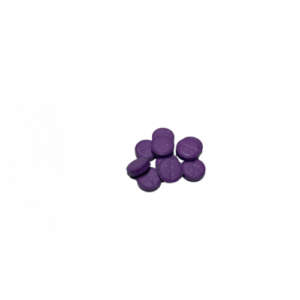DOC
DOC, or 2,5-Dimethoxy-4-chloroamphetamine, is a specialized industrial chemical primarily used in advanced chemical synthesis, research, and development. This category includes high-purity DOC and related amphetamine derivatives, supplied in bulk quantities for laboratories, chemical manufacturers, and industrial engineers. DOC is valued for its unique molecular structure, making it a key intermediate in the production of specialty chemicals, pharmaceutical ingredients, and research compounds.
Key Types and Major Applications:
The DOC category features technical-grade and reagent-grade DOC, as well as similar compounds like DOB and DOI, tailored for industrial-scale use. Major applications include:
- Chemical synthesis for pharmaceuticals and specialty chemicals
- Advanced research in organic chemistry and material science
- Intermediate for custom molecule development and laboratory R&D
Examples and Industrial Uses:
Examples in this category include DOC, DOB, and DOI, which are used for:
- Large-scale synthesis of fine chemicals
- Formulation of specialty reagents for research and manufacturing
- Development of innovative chemical products and intermediates
Packaging Options and Handling Advice:
At https://realchemstore.org/ , DOC is available in bulk packaging such as sealed HDPE drums (10kg, 25kg, 50kg), vacuum-sealed foil bags, and custom quantities for industrial requirements. Handling DOC requires proper PPE, including chemical-resistant gloves and eye protection, and storage in cool, dry, and secure facilities in compliance with safety regulations.
Why Source from Us:
Sourcing DOC from https://realchemstore.org/ ensures consistent quality, reliable supply chain, and full regulatory documentation for industrial buyers. Our expertise in bulk chemical logistics, competitive pricing, and tailored packaging makes us the trusted partner for manufacturers and engineers worldwide.
Showing all 7 results







